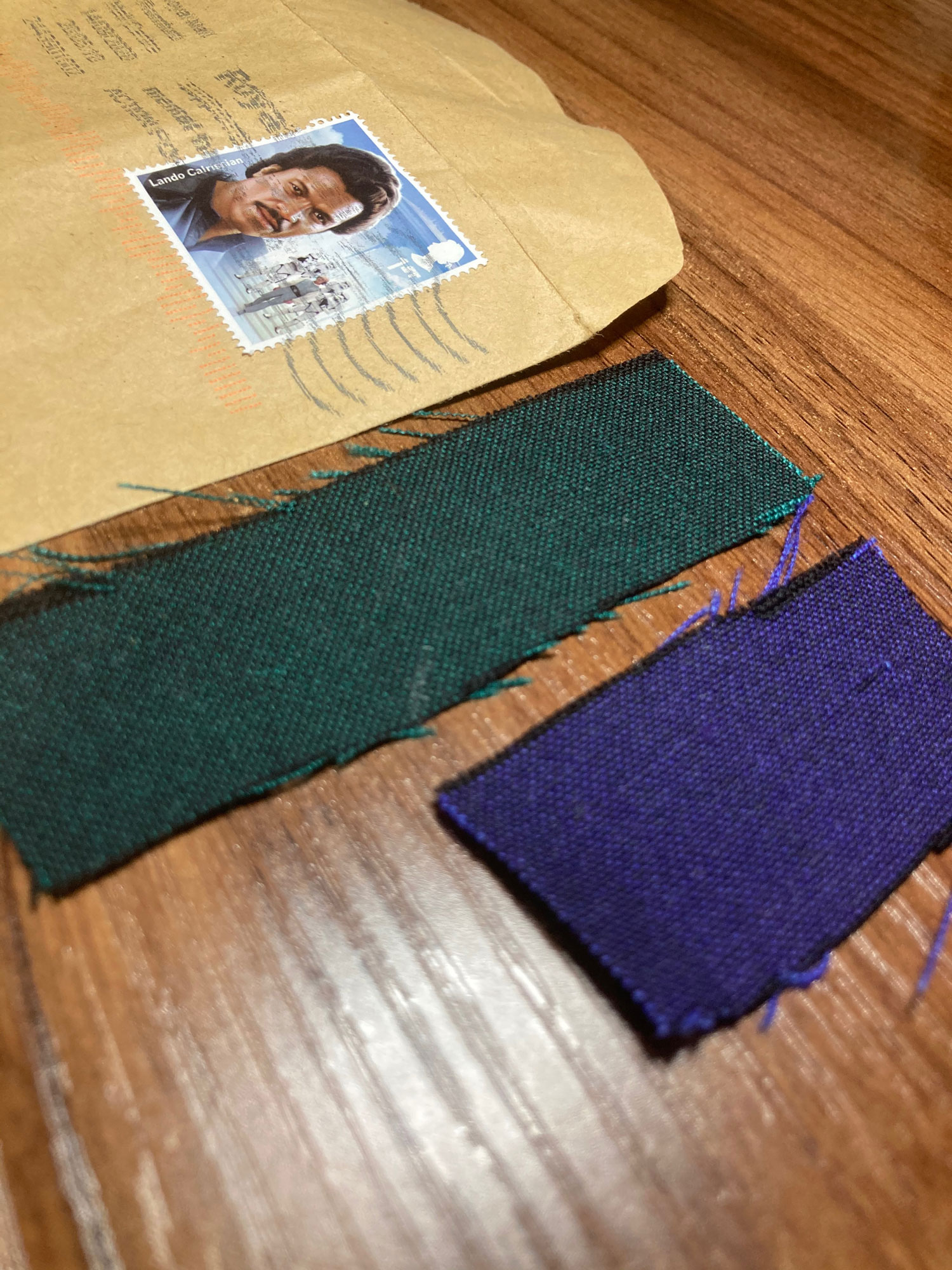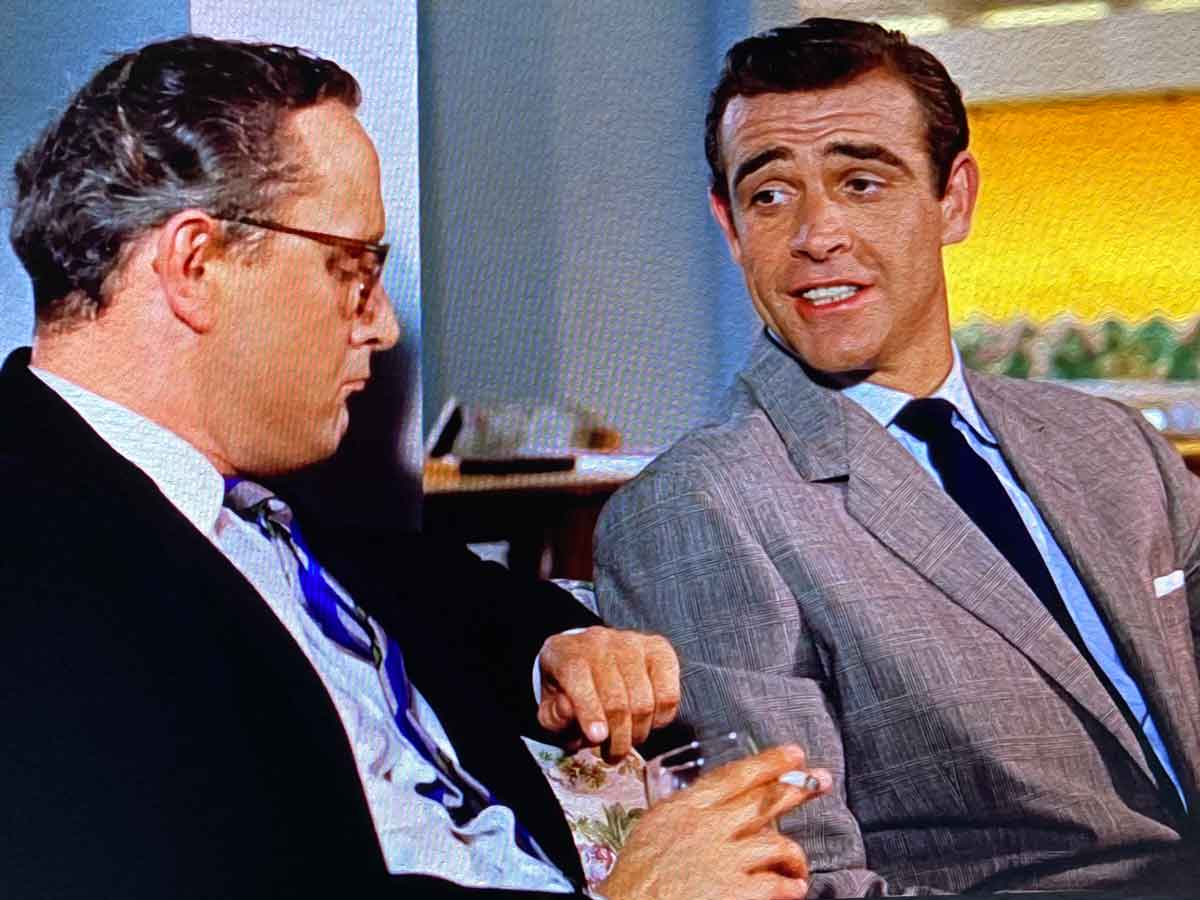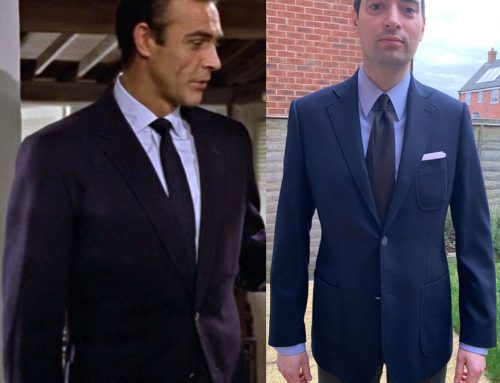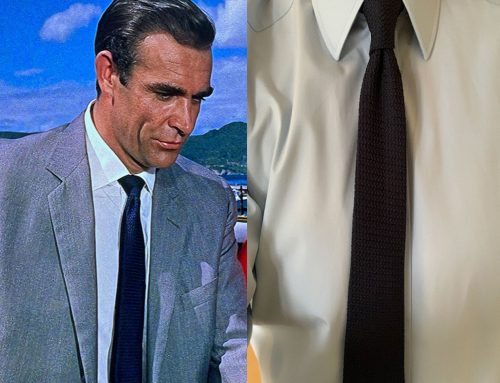THE STORY OF MOHAIR
In this blog I’ll talk about the benefits of the mohair fabric and it’s history. Also what iconic mohair suits have appeared on the big screen.

WHAT IS IT AND WHERE DOES IT ORIGINATE?
What is mohair?’ Mohair comes from the Angora goat which originated in Turkey. The etymology of the word mohair comes from the Turkish word “muyhar”, which is literally translated as “the best selected fleece”.
Unlike other natural fibres, mohair takes dye colours exceptionally well which is why we you may have seen a lot of purple or wine mohair suits in vogue, as recognised by Pantone for colour of the year of 2018. The Angora goat were introduced to the U.S. in 1849 as a gift from Turkey and later they would start blending mohair with wool to help with the war effort.
Most military clothes up until that point were made solely from wool.
Mohair is taken from the underside of the Angora goat and comes in three grades; kid, young adult, adult. The latter being the coarser of the three so many tailors source their mohair from the young. Today most of the world’s mohair originates in South Africa with the US coming a close second.

BUT WHY SHOULD I CHOOSE MOHAIR?
Mohair is still one of the choicest fibres around for it’s durability, breathability, lustre and natural elasticity.
As Alan Partridge would say,
“it bounces back Lynne!”
It’s a wonderful go-to cloth for our tailors as it drapes perfectly and resists wrinkles whilst the smooth scales of the mohair fibre stop dirt from becoming trapped and the fabric from becoming creased.
MOHAIR IS BEST SUITED FOR..
Mohair is very much the all-rounder of fabrics; perfect for business suits for it’s durability, for travellers it’s moisture wicking qualities and crease resistance means you won’t need to worry about looking good after lengthy journeys, and it can also make a cracking dinner suit for it’s inimitable sheen. Ultimately the mohair suit is a suit you will want to wear, rather than a suit you have to wear.

Mohair samples sent on by Niven Tailors
WHEN DID PEOPLE START WEARING MOHAIR SUITS?
One of the subcultures that drove the mohair movement from the late 50’s and into the 60’s, was the Mod movement. The late 50s gave birth to London-based rakish youths who were termed Modernists because they listen to modern jazz. Years later Sting rocked up on that multi-mirrored Lambretta in Quadrophenia and the rest is history.
Read our interview with Franc Roddam (director of Quadrophenia) and how the Mod Movement influenced the style of James Bond in the book From Tailors With Love: An Evolution of Menswear Through the Bond Films, available on Amazon.
Their main armament for this movement was of course, mohair suits. And in particular, Dormeuil tonik mohair. Dormeuil (House of Dormeuil) actually coined the term ‘tonik’ in 1958 and now the word Tonik suit is used to describe any suit with a sheen, this cloth is the originator of that term. The family still own the Dormeuil company, based in Paris, but the cloth itself is woven in Huddersfield, England.

WHAT ARE THE MOST FAMOUS ICONIC MOHAIR SUITS ON FILM?
One of the most iconic mohair suits to appear on celluloid was the dark blue 3-piece mohair suit that Michael Caine wore in Get Carter. Caine’s main ensemble was almost certainly made by Mayfair tailor Douglas Hayward. He also did Michael Caine’s suits in The Italian Job a few years earlier.
This impeccable 3 piece is a midnight blue single breasted, 2 button, in Dormeuil tonik mohair; long jacket with double vents, slanted pockets, high notched lapel; gently flared or ‘boot cut’ single pleat trousers.
James Bond also wore mohair. For Dr No, the movies director Terence Young was given a limited budget which allowed for 3 lounge suits that he sourced from his personal tailor, one of them being a light grey mohair 2 button single breasted. Sean Connery was ordered by Young to sleep in the suits to get acquainted with the feel.






